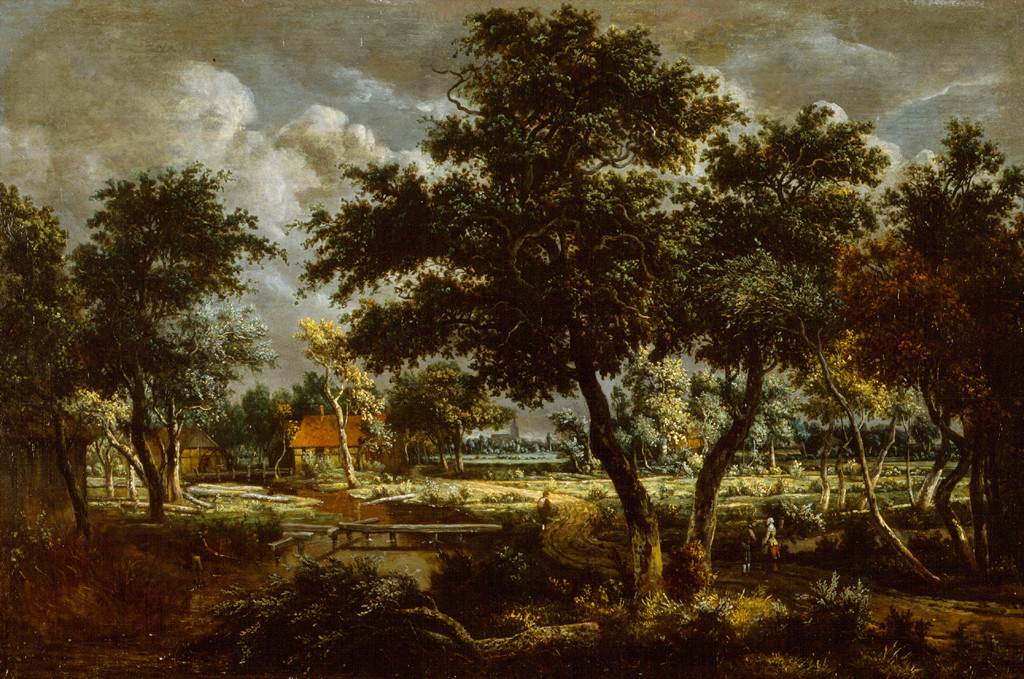B.
Study (Woman in a wide black hat) by Raymond McIntyre
Collection
This article first appeared as 'The Muse' in The Press on 25 August 2015.
Raymond McIntyre painted this striking study of a stylish young woman in London in about 1913. With works like this he began to make his mark in the British art scene. The Christchurch-born artist arrived there aged thirty in 1909 with the benefit of both study and teaching at the Canterbury College School of Art behind him, as well as private lessons from Petrus van der Velden. In London, he took further studies briefly under George Lambert, William Nicholson and Walter Sickert – all leading names – but then left this strategy behind. As he wrote to his father in 1910,
'In London one can see every conceivable style of work. I am continually being surprised at the mediocrity of most work... when I do the work I want to do, there will be a place for it... As for the idea of going and studying under some well known man, my opinion regarding that also has decidedly changed since I left N.Z. Ones only chance is to be oneself.'
McIntyre took a studio flat in Chelsea overlooking the Thames, at the same address (and possibly the same flat) previously occupied by the ex-art student and suffragist Sylvia Pankhurst, and soon began taking on his own students and exhibiting at suitably reputable venues. He showed pared-back urban landscapes of London or the Somme region in France; and small studies of female heads, painted in a simplified art nouveau or Japanese woodblock-inspired style. In a letter to his father in 1913, he described being influenced by certain early European masters, aligned to the particular mood he sought: '...sentimentalism is so very inimical to good Art. This sort of thing I can immediately detect in other peoples work. That is why I admire Botticelli and Holbein so, there is in their work such an aloofness.'
McIntyre met the woman who became the principal muse for his portrait studies in late 1912; she was a dancer and actor who sat for him on Mondays and Thursdays, whom he frequently mentioned in his letters home:
'The girl who is sitting for me a now lot – Sylvia Constance Cavendish – she who is appearing in "Monte Cristo"... Melodrama laid on thick for the million... has played every woman's part in "A Message from Mars" – on tour. The last time she was a year playing "Minnie". She was only 22 years old... Miss Cavendish has a very refined interesting pale face – and I have done some very good work from her – paintings and drawings. And she is so conscientious and sits so well – she is quite a find.'
More solid information about this favourite model is sparse, perhaps due to actors being able to change their name at a whim. She was possibly of European origin – suggested in a letter to McIntyre's father in 1913, which recorded her translating a letter for him to the German art magazine Jugend. The National Portrait Gallery in London holds two photographs believed to depict Miss Cavendish, a cheery looking soul whose demeanour contrasts with the cool detachment of McIntyre's invented ideal.
Raymond McIntyre created a reputation for himself with these works, which from 1915 began to appear in London art periodicals. Three works based on this model were among paintings given to Christchurch by the McIntyre family following the artist's untimely death in 1933.










